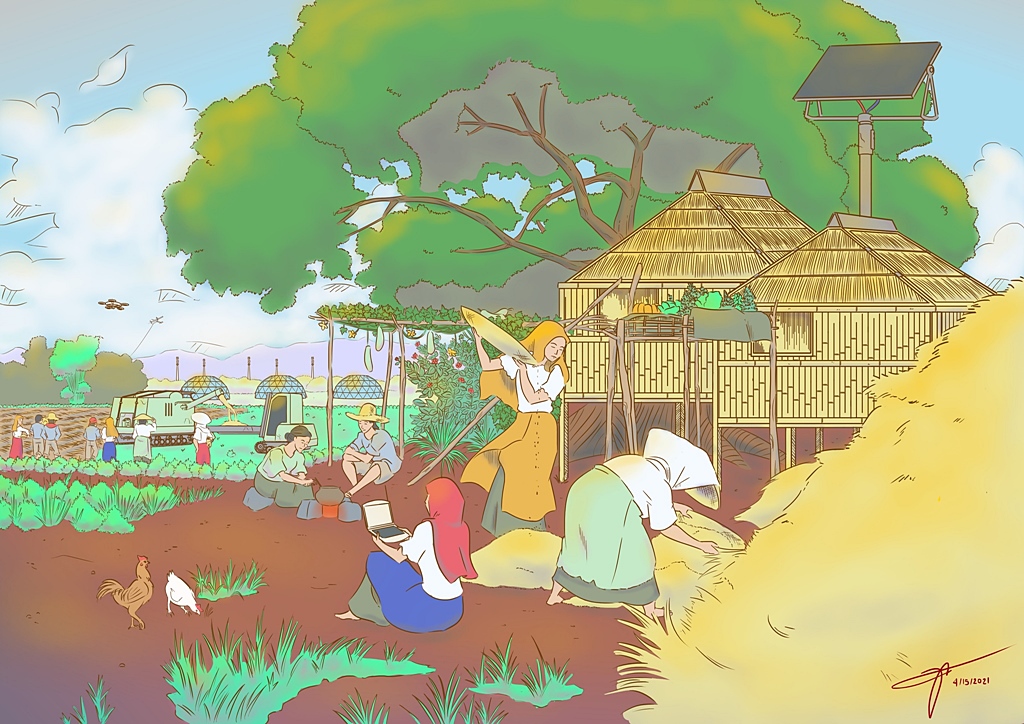The Philippines in 2050: NAST scientists map our (possible) future in extensive study
What could the Philippines be like by the year 2050? What might happen to our natural resources? What will our cities and countryside look like? And what can the average Filipino expect in terms of life expectancy, nutrition, education, and job prospects?
These are just some of the many difficult questions that the National Academy of Science and Technology (NAST) undertook to answer in an extensive study titled PAGTANAW 2050: The Philippine Foresight in Science, Technology, and Innovation, launched during the 2021 National Science and Technology Week this November.
More than a year in development and spanning over 360 pages, PAGTANAW 2050 brings to bear the full measure of the intellectual weight of the NAST’s experts, thought leaders, and allies across various fields on the task of foresighting the potential opportunities and pitfalls that await Philippine science, technology, and innovation (STI) over the next three decades.
PAGTANAW 2050 underscores the unique archipelagic nature of the country, taking full account of its marine resources and heritage, and extrapolates how these can be brought forward into a prosperous future.

To this end, the Foresight identifies twelve “Key Operational Areas” or megatrends that are seen to shape Philippine STI: the Blue Economy; Governance; Business and Trade; Digital Technology/Information and Communications Technology; Science Education and Talent Retention; Food Security and Nutrition; Health Systems; Energy; Water; Environment and Climate Change; Shelter, Transportation, and Other Infrastructure; and Space Exploration.
Also tackled are so-called “Black Swans” or unforeseeable future shocks—from future pandemics to military strikes—and how the country can respond to such potentially blindsiding events.
Capping PAGTANAW 2050 is a comprehensive “Roadmap” that offers insights and recommendations on how to guide national development, based on the foresighted trajectories of the enablers, drivers, and opportunities of Philippine STI.
“This Foresight is firmly grounded on the Filipino people’s aspirations within the context of our natural and physical endowments—an archipelago with abundant marine resources,” said Department of Science and Technology (DOST) Secretary Fortunato De La Peña in his foreword.
“By harnessing these strengths and potentials, we look forward to growing into an economically vibrant and outward-oriented ‘Prosperous Maritime Archipelago,’” he added.
The PAGTANAW 2050: The Philippine Foresight in Science, Technology, and Innovation can be downloaded for free at the NAST website.



